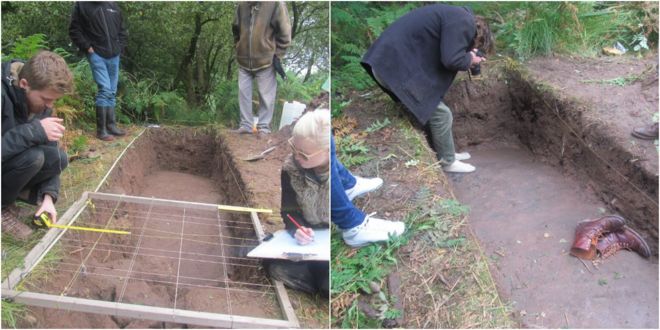A computer model simulated human density 80,000 years ago, showing the arrival of humans in eastern China and southern Europe as well as migrations out of Africa along vegetated paths in Sinai and the Arabian Peninsula.
Credit: Tobias Friedrich
Ancient human migrations out of Africa may have been driven by wobbles in Earth's orbit and tilt that led to dramatic swings in climate, a new study finds.
Modern humans first appeared in Africa about 150,000 to 200,000 years ago. It remains a mystery as to why it then took many millennia for people to disperse across the globe. Recent archaeological and genetic findingssuggest that migrations of modern humans out of Africa began at least 100,000 years ago, but most humans outside of Africa most likely descended from groups who left the continent more recently — between 40,000 and 70,000 years ago.
Previous research suggested that shifts in climate might help explain why modern human migrations out of Africa happened when they did. For instance, about every 21,000 years, Earth experiences slight changes to its orbit and tilt. These series of wobbles, known as Milankovitch cycles, alter how much sunlight hits different parts of the planet, which in turn influences rainfall levels and the number of people any given region can support. [See Photos of Our Closest Human Ancestor]
Read the rest of this article...







